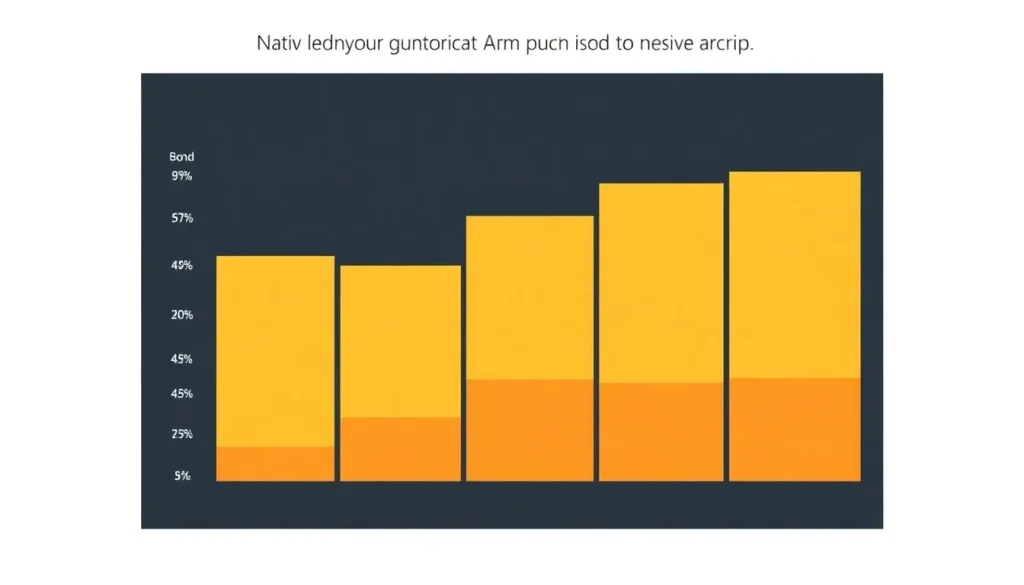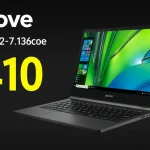Microsoft states 93% of Windows Arm usage is on native apps

Windows on Arm has been a topic of much interest and speculation in the tech community. While these devices have been around for several years, recent claims by Microsoft suggest that the landscape for Arm-based Windows machines is shifting dramatically. But are these claims substantiated, or do they mask deeper issues regarding app compatibility and performance?
Understanding Windows on Arm Technology
Windows on Arm represents Microsoft's attempt to bring its popular operating system to a new architecture, namely Arm processors that are typically known for their efficiency and battery life. Unlike traditional x86 processors, Arm chips are designed for mobile devices, offering excellent performance per watt, which is crucial for laptops and tablets.
Arm processors, such as those from Qualcomm, have the potential to revolutionize the way we use Windows machines, primarily by enabling longer battery life and instant-on capabilities. However, their adoption has been slower than anticipated, raising questions about the software ecosystem's compatibility and performance.
Microsoft's Claims About App Compatibility
Recently, Microsoft made a bold statement, claiming that “native Arm versions available for apps represent 90% of total user minutes.” This assertion aims to reassure potential customers that the app ecosystem for Windows on Arm is robust. However, the phrasing is selective. It raises questions about the actual availability of native applications versus those relying on emulation.
To put this into context, it's essential to understand the difference between user minutes and the actual quantity of applications available. While a high percentage of usage may be attributed to native apps, it does not necessarily reflect the total number of applications that run natively on Arm devices.
Dissecting Microsoft's Data
A closer examination of the data reveals that it is based on a snapshot from February 2025, focusing specifically on non-gaming applications. This exclusion of gaming raises significant concerns, as gaming support has historically been a weak point for Windows on Arm. The disclosure mentions that the analysis was limited to iGPU-based laptops and 2-in-1 devices priced over $800 from selected countries, including:
- United States
- United Kingdom
- Canada
- France
- Australia
- Germany
- Japan
This selective sampling raises eyebrows. Why exclude gaming applications? Popular titles like Hearthstone or other less demanding games are often played on these devices, and their exclusion seems to downplay a significant segment of the user experience.
The Challenges of Gaming on Arm
Gaming has been a notorious challenge for Arm-based Windows systems. Many users have reported performance issues, and the lack of native support for popular gaming applications is a significant deterrent for prospective buyers. While Microsoft is working on integrating its Xbox and Windows platforms, the current state of compatibility is still far from ideal.
Some key issues include:
- Limited availability of native gaming applications.
- Subpar performance of x86 emulated applications.
- Inconsistent user experiences across different games.
While Microsoft promotes various industrial and commercial applications that work well on Arm devices, the gaming community remains largely underserved. This discrepancy invites skepticism regarding the overall viability of Windows on Arm as a gaming platform.
Exploring the Broader Ecosystem
Despite the challenges, there are valid use cases for Windows on Arm devices. Many users appreciate the lightweight design and long battery life, making these machines ideal for tasks such as:
- Office work and productivity applications.
- Web browsing and content consumption.
- Light software development and coding.
Moreover, with the increasing need for secure connections, many businesses are adopting Arm-based devices for their VPN capabilities. The integration of industrial tools and support for remote work has led to a growing interest in these devices among professionals.
Industry Perspectives and User Feedback
Feedback from early adopters of Windows on Arm devices has been mixed. Many appreciate the performance for basic tasks, while others express frustration with the limitations in gaming and certain productivity applications. Additionally, the community is keenly aware of the evolving landscape, with many users sharing insights and experiences on forums and social media platforms.
To get a clearer picture, you can check out this insightful video that discusses the state of Windows on Arm and its challenges:
Concluding Thoughts on Microsoft’s Strategy
While Microsoft’s claims about the performance and usability of Windows on Arm devices may offer a glimmer of hope for potential buyers, the reality is more complex. The selective data presentation, along with the exclusion of gaming, suggests that the narrative is being shaped more for marketing purposes than to provide a comprehensive overview of the platform’s capabilities.
As the landscape continues to evolve, it remains to be seen how Microsoft will address the ongoing concerns surrounding app compatibility and performance. For those interested in Windows on Arm, it’s crucial to stay informed and critically evaluate the claims made by the company.




Leave a Reply